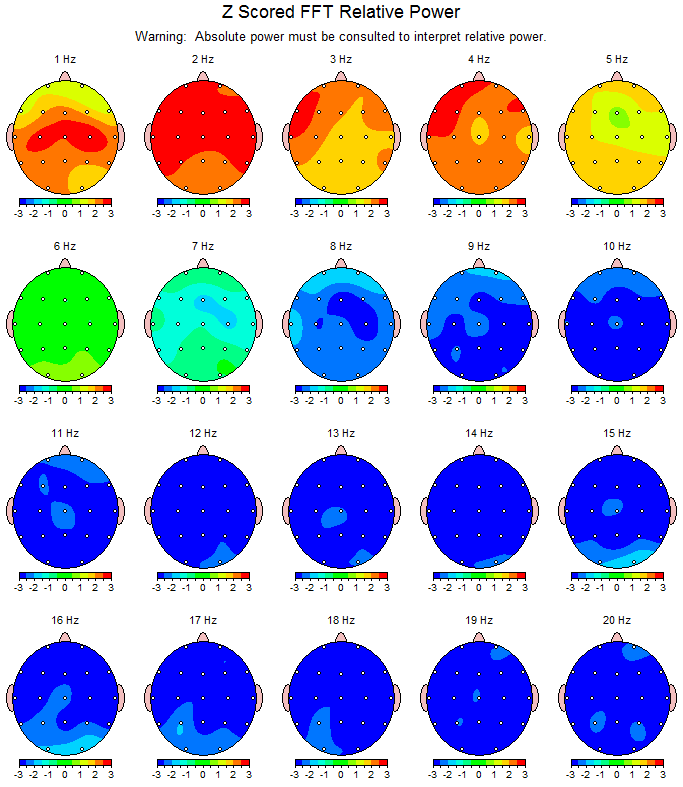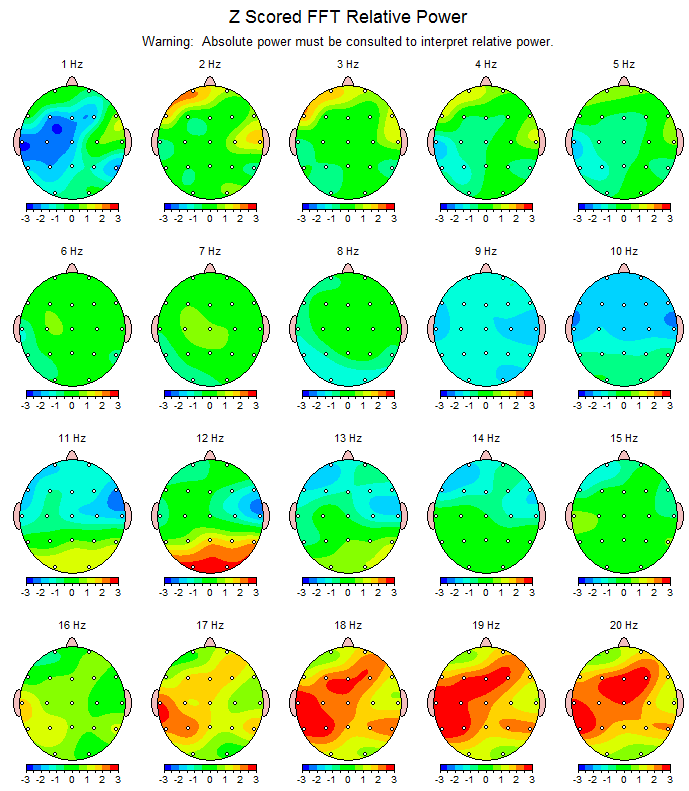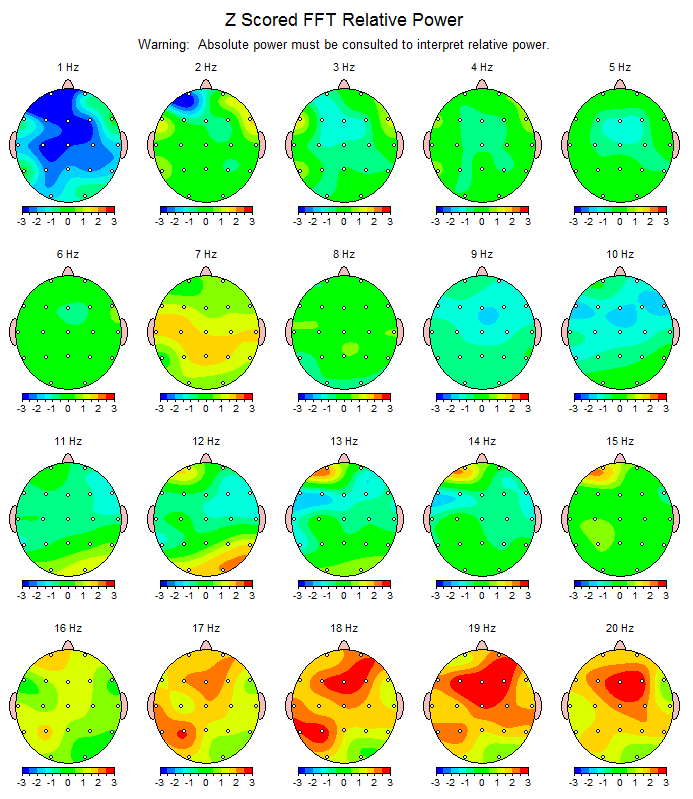Can the Mind Heal Parkinson's?
Dr Joe Dispenza | 29 July 2015
Modern medicine has changed the course of human history. Advances in disease prevention and treatment have allowed us to live longer, healthier lives. Our expanded knowledge of the human body has provided order to what seemed like chaos. We currently have more control of our destiny than any other time in history.
Yet, for all the advances in science and medicine many answers remain. The strength of current Western methodology is its reliance on evidence gathered through study and/or experimentation. This strength can also be seen as a weakness because anything viewed as not “mainstream” is either ignored or ridiculed to the point of irrelevance.
An offshoot of this philosophy is the long-held belief that the mind and the body are two different systems that have no influence over each other. Just a few years ago the idea that your thoughts can positively or negatively impact your body would have been laughed off as pseudo-science. Now, thanks in part to the process I described above, we’re starting to understand that these systems are intimately connected.
In our workshops I talk about the relationship between the mind and the body. I argue that for most of us the body is the mind. This concept may sound strange but it makes sense when you think of your current reality. Your day largely consists of routine. You get up at the same time, shower, eat, go to work then come home. You probably take the same route between your office and house. You may even eat the same breakfast and lunch.
A habit is when the body becomes the mind. The mind hard-wires this routine into your brain and body and pretty soon everything is automatic. Now, let’s extend this idea to your inner world. Say you’re sitting in traffic (again). Cars are inching along. You start to feel your neck clinch and your chest tighten. You’re thinking about how you’re going to be late which elicits a very specific neurochemical reaction.
This loop doesn’t just apply to stressful situations. We reinforce it all the time whether it is through self-talk or through limiting our experiences. Think about when you’re trying to lose weight but don’t seem to be getting anywhere. At first you may see some progress but eventually doubt creeps in and you fall back into your old routine.
Why does this happen? Imagine trying to fix a leaky roof by only changing the shingles. On the surface everything looks better but there’s still damage underneath that needs to be addressed. The same is true when it comes to making lasting positive change in our lives. We can’t create a new future based off past thoughts, feelings and experiences. We’re essentially using old materials to try and build something new.
We know the connection between our mind and body is powerful. In fact, there is never a time when the mind is not influencing the body and the body is not influencing the mind. In an earlier post I told the story of a patient who misunderstood a diagnosis. She believed when the doctor said she suffered from TS that he meant terminal situation. In reality, TS is an abbreviation for tricuspid stenosis which is a non-life threatening type of congestive heart failure. The patient grew steadily worse and died a few hours later.
This is a sad but also illustrative example. The woman in this story believed she was dying with such intensity that her brain and body responded as if it were in actual distress. If the interplay between our mind and body is so strong can it do the opposite? Can it promote healing?
The answer is yes. I’ve seen it happen countless times. One of my favorite examples involves a student of mine named Michelle. Michelle was diagnosed with Parkinson’s Disease in 2011. She began taking medication soon after but didn’t see a change in her symptoms. Michelle started coming to my workshops in November 2012 and her condition started to change for the better.
Michelle had other stressors in her life which exacerbated her condition. Her mother got sick and her sister suffered a stroke. This meant Michelle spent the next few months traveling. We started doing brain scans at our workshops to see the impact of the work. The work involves using meditation to help neurologically and chemically change the brain to produce different outcomes.
The scans revealed yielded some interesting findings. We scanned Michelle and the start of one of our Advanced Workshops. We saw high levels of hyperactivity and incoherence. We tested Michelle again a few days later near the end of the workshop. Her brain had become more calm, balanced and coherent. Perhaps more importantly she was experiencing no involuntary tremors, twitches or motor problems which are typically associated with Parkinson’s.
Michelle was able to make a positive change in her life by embracing not disregarding the mind/body connection. Her scans and those of others show that it is possible to heal ourselves by thought alone. You can do it but it requires stepping outside of the familiar, outside of the mainstream - or known - and into the unknown. Of course, we’re blurring those lines in our workshops.
Michelle's follow-up scan in February 2013 after the four day Advanced Workshop. The green areas in the images represent normal and balanced brain activity.
Michelle's brain scan from June 2013. As you can see she is still improving.




Comments